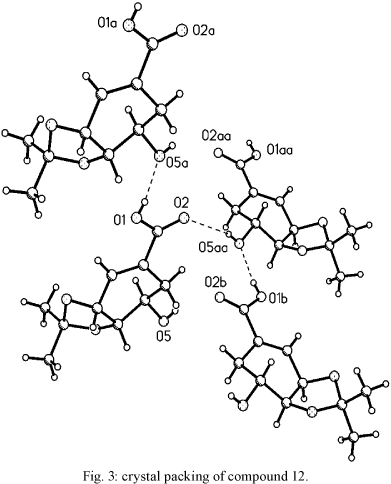Calophyllum brasiliense and Mammea americana (Clusiaceae) are two trees from the tropical rain forests of the American continent. A previous screening showed high trypanocidal activity in the extracts of these species. Several mammea-type coumarins, triterpenoids and biflavonoids were isolated from the leaves of C. brasiliense. Mammea A/AA was obtained from the fruit peels of M. americana. These compounds were tested in vitro against epimastigotes and trypomastigotes of Trypanosoma cruzi, the etiologic agent of Chagas disease. The most potent compounds were mammea A/BA, A/BB, A/AA, A/BD and B/BA, with MC100 values in the range of 15 to 90 g/ml. Coumarins with a cyclized ,-dimethylallyl substituent on C-6, such as mammea B/BA, cyclo F + B/BB cyclo F, and isomammeigin, showed MC100 values > 200 g/ml. Several active coumarins were also tested against normal human lymphocytes in vitro, which showed that mammea A/AA and A/BA were not toxic. Other compounds from C. brasiliense, such as the triterpenoids, friedelin, canophyllol, the biflavonoid amentoflavone, and protocatechuic and shikimic acids, were inactive against the epimastigotes. The isopropylidenedioxy derivative of shikimic acid was inactive, and its structure was confirmed by X-ray diffraction. Our results suggest that mammea-type coumarins could be a valuable source of trypanocidal compounds.
Trypanosoma cruzi; Calophyllum brasiliense; Mammea americana; coumarins; Chagas disease





